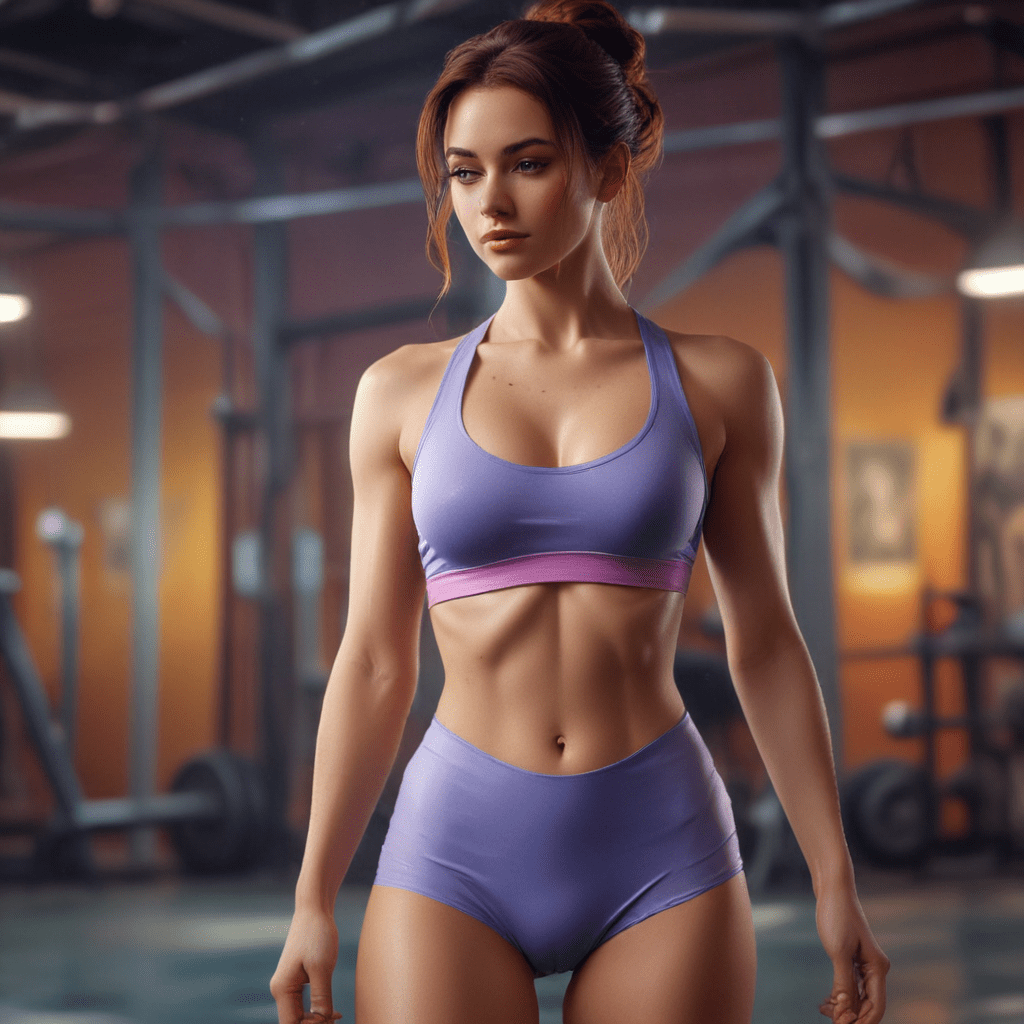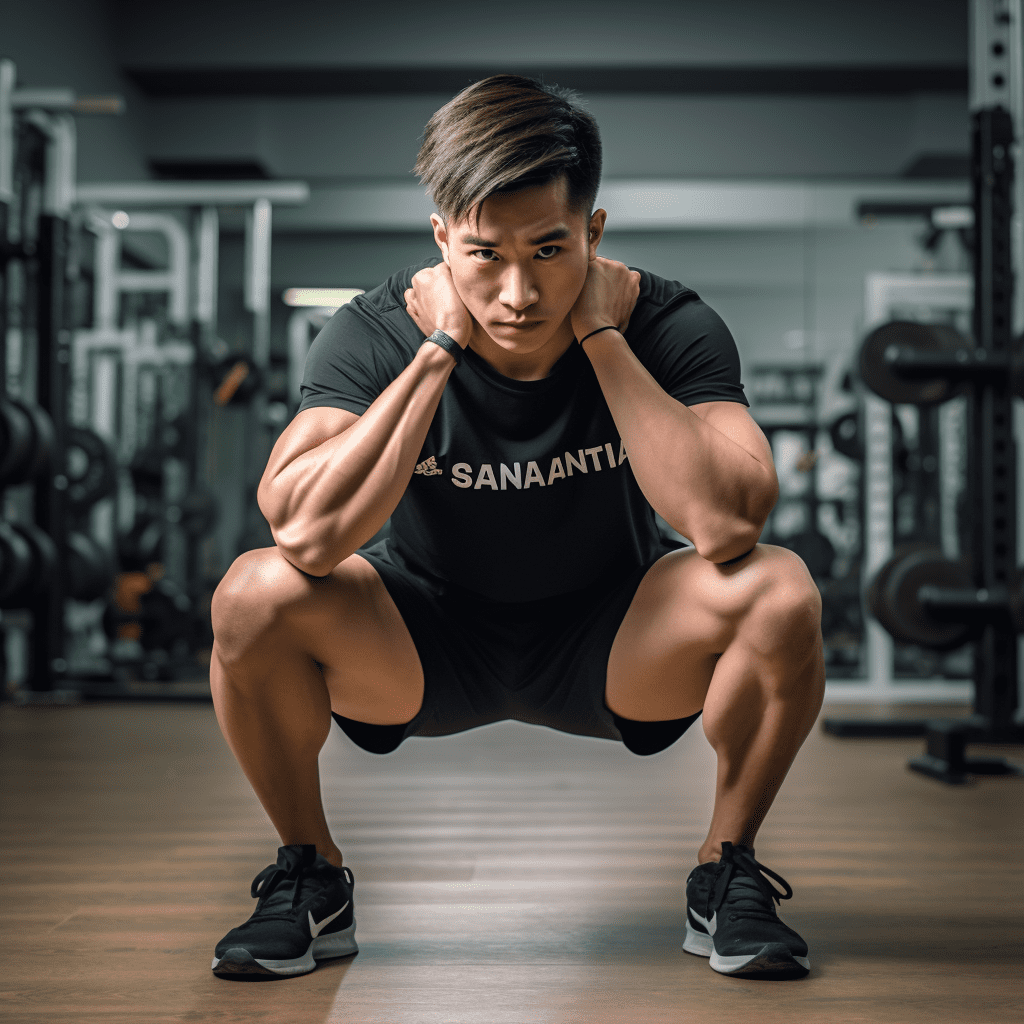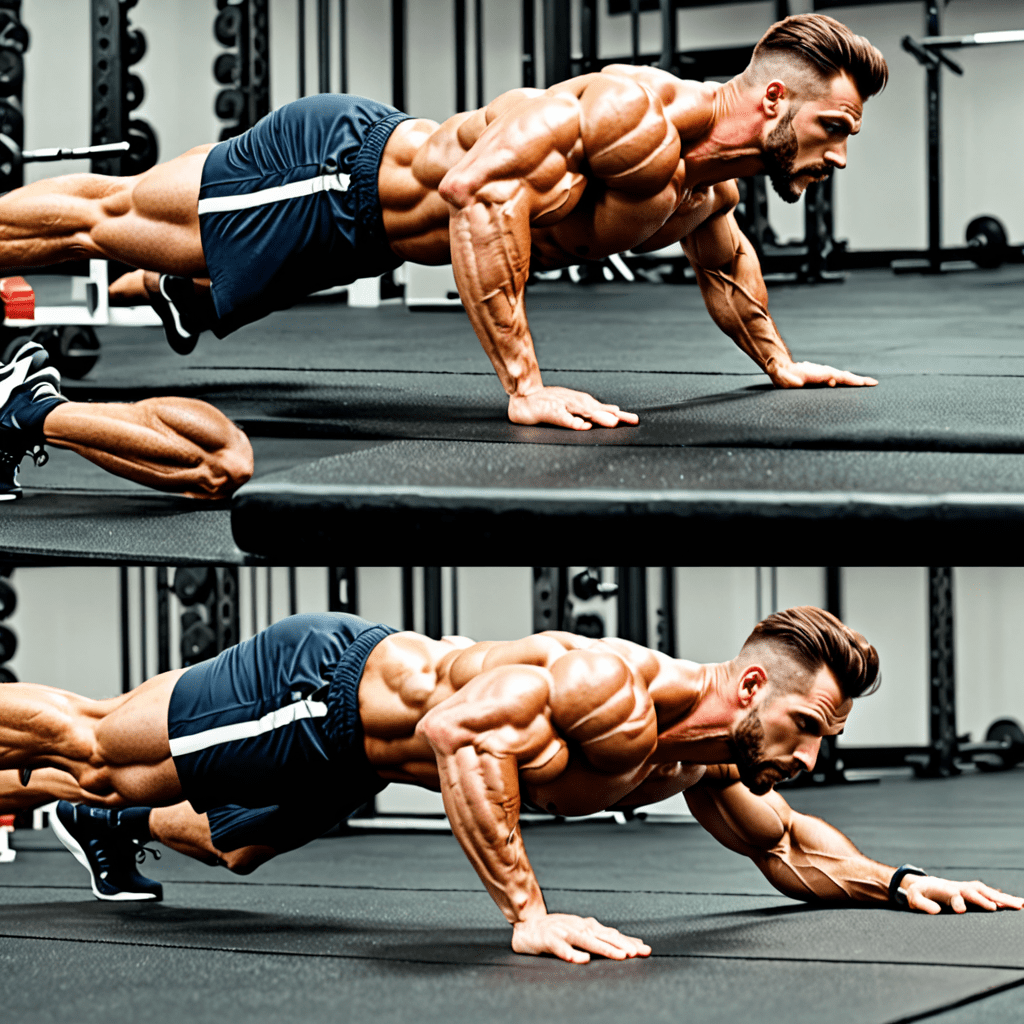Posture and Creativity: Aligning Artistic Expression
1. Introduction
The intricate dance between body and mind unfolds in the realm of artistic creation. While the inner world of imagination and emotion fuels the creative fire, the physical form serves as the conduit for its expression. In this exploration, we delve into the fascinating connection between posture and creativity, uncovering how the way we hold our bodies can significantly impact our artistic output.
This article will examine the scientific underpinnings of this relationship, demonstrating how specific postures influence brainwave activity, cognitive functions, and emotional states. We will delve into the psychological aspects of posture, exploring its role in shaping self-perception and fostering confidence, essential ingredients for unleashing creative potential. Finally, we will equip artists with practical tools by introducing postures specifically designed to enhance artistic expression across various disciplines.
By understanding the profound impact of posture on creativity, artists can harness its power to elevate their practice, unlocking new avenues of artistic exploration and expression.
This journey into the alignment of posture and creativity promises to be an enlightening one, empowering artists to embody their artistic vision with greater clarity, confidence, and authenticity.
2. The Science of Posture and its Impact on the Brain
Our posture is more than just the way we hold our bodies; it is a potent force shaping our internal landscape. The intricate interplay between posture and the brain reveals a fascinating dance of influence.
Research suggests that different postures can directly impact brainwave activity, influencing cognitive functions such as attention, focus, and memory. Upright and expansive postures, for instance, have been linked to increased activity in the prefrontal cortex, the brain region associated with higher-level thinking and creativity. Conversely, slumped or closed-off postures may hinder these cognitive processes.
Furthermore, posture plays a crucial role in regulating emotions. Studies have shown that confident, open postures can induce feelings of power and self-assurance, while constricted or closed-off postures may trigger anxiety and negativity. This emotional modulation can significantly impact the creative process, as positive emotions are known to foster innovation and risk-taking, while negative emotions can stifle inspiration and hinder progress.
The science of posture offers a compelling explanation for its profound impact on creativity. By understanding these physiological and psychological mechanisms, artists can leverage the power of posture to optimize their creative potential.
3. The Psychology of Posture and Confidence
The way we hold ourselves sends powerful nonverbal cues to ourselves and those around us. These cues shape our self-perception and influence how others perceive us, ultimately impacting our confidence and creative expression.
Studies have consistently demonstrated the link between confident body language and increased self-efficacy. Holding an expansive, open posture can trigger feelings of power and control, leading to a greater sense of agency and self-belief. Conversely, closed-off or submissive postures can reinforce negative self-perceptions, hindering creative risk-taking and exploration.
Moreover, confident posture can enhance our social interactions, fostering collaboration and feedback essential for artistic growth. When we project confidence through our body language, we invite others to engage with us more openly, creating a more receptive environment for sharing ideas and receiving constructive criticism.
By understanding the psychological impact of posture, artists can harness its power to cultivate a confident mindset, fostering a creative environment conducive to innovation and artistic expression.
4. Postures for Enhanced Creativity
Armed with the knowledge of posture's profound impact on creativity, artists can now explore specific postures designed to enhance their artistic expression. Each posture offers unique physical and mental benefits, tailoring to different creative needs.
4.1. The Power Pose: Boosting Confidence and Creativity
The "power pose," characterized by an expansive stance with arms outstretched or placed on hips, has been shown to increase feelings of confidence and power. This posture activates the brain regions associated with dominance and reduces stress hormones, creating an ideal mindset for taking creative risks and embracing new ideas.
4.2. The Open Posture: Encouraging Innovation and Collaboration
An open posture, with uncrossed arms and legs facing forward, exudes openness and receptivity. This posture encourages collaboration and exchange of ideas, fostering a more dynamic and interactive creative environment.
4.3. The Grounded Posture: Facilitating Focus and Concentration
For tasks requiring sustained focus and concentration, a grounded posture can be beneficial. With feet planted firmly on the ground and a straight back, this posture promotes stability and alertness, enhancing the ability to engage in deep creative work.
4.4. The Expansive Posture: Inspiring Vision and Imagination
An expansive posture, with arms reaching upwards or outwards, can promote a sense of possibility and inspire imaginative thinking. This posture opens up the chest and allows for deeper breathing, enhancing the flow of creative energy.
5. Practical Applications in Artistic Disciplines
The benefits of posture-based techniques extend to various artistic disciplines, offering artists practical tools to elevate their creative practice.
5.1. Visual Arts: Posture for Drawing, Painting, and Sculpture
Visual artists can utilize posture to enhance their focus, precision, and expressiveness. Holding a grounded posture with a straight back and engaged core can improve hand-eye coordination and steady the hand for more controlled movements. Expansive postures can ignite inspiration and foster a sense of freedom when exploring the canvas or shaping the sculpture.
5.2. Performing Arts: Posture for Music, Dance, and Theatre
For performers, posture is fundamental for optimizing both physical and emotional expression. A strong, balanced posture in dancers allows for greater flexibility, control, and stage presence. Musicians can benefit from an open posture to facilitate deeper breathing and enhance musical phrasing. Actors can use posture to convey emotions and engage the audience with authenticity.
By incorporating these posture-based techniques into their artistic practice, artists across various disciplines can unlock new levels of creativity, expression, and performance.
6. Overcoming Challenges and Maintaining the Benefits
While posture-based techniques offer immense potential for enhanced creativity, integrating them into one's artistic practice may present some challenges. Maintaining proper posture for extended periods can be physically demanding, requiring consistent effort and mindful adjustments. Additionally, adopting new posture habits may feel unnatural at first, demanding patience and perseverance.
To overcome these challenges, artists can start by incorporating short posture breaks into their artistic routine. Focusing on specific postures for a few minutes at a time and gradually increasing the duration can help build muscle memory and comfort. Additionally, utilizing visual aids such as posture charts or reminders can serve as helpful prompts throughout the day.
Maintaining the benefits of posture-based techniques requires ongoing attention and mindful practice. Regularly checking in with posture and making necessary adjustments can ensure its continued positive impact on creativity.
7. The Role of Technology in Posture and Creativity
Technology can play a supportive role in optimizing posture and enhancing creativity. Posture-tracking apps and devices provide real-time feedback, allowing artists to monitor their posture and make adjustments as needed. Additionally, virtual reality (VR) experiences can immerse artists in inspiring environments, further unlocking creative potential.
However, it is crucial to maintain a balanced approach to technology use. Excessive screen time can contribute to poor posture habits, negating the benefits of posture-based techniques. Therefore, artists should prioritize mindful technology use, incorporating posture-enhancing strategies alongside their digital practices.
8. The Impact of Posture on Overall Well-being
Beyond its impact on creativity, proper posture offers numerous benefits for overall well-being. Maintaining a good posture can reduce muscle tension and pain, improve circulation and breathing, and promote a sense of groundedness and stability. These physical benefits, in turn, can enhance mental well-being, reducing stress and anxiety while fostering a sense of calm and composure.
By prioritizing good posture, artists can cultivate a holistic approach to their well-being, nurturing both their physical and mental health alongside their creative endeavors.
9. Posture and Creativity: A Journey of Exploration
The exploration of posture and creativity is an ongoing journey of self-discovery and artistic expression. By understanding the profound impact of posture on the mind and body, artists can harness its power to unlock their creative potential and elevate their artistic endeavors.
Through mindful practice, a commitment to overcoming challenges, and a balanced approach to technology, artists can cultivate a deep connection between their posture and their creativity, transforming their bodies into vessels for artistic expression and their minds into boundless sources of inspiration.
10. Frequently Asked Questions
Q: What are some specific exercises to improve posture?
A: Numerous exercises can help improve posture, including stretches to increase flexibility, strengthening exercises to support core muscles, and balance exercises to enhance stability. Consulting with a physical therapist or certified fitness professional can provide personalized guidance on posture-improving exercises.
Q: How long does it take to see improvements in posture?
A: The time it takes to see improvements in posture varies depending on individual factors such as starting posture, consistency of practice, and any underlying health conditions. However, with consistent effort and mindful adjustments, noticeable improvements can be observed within weeks or months.
Q: Can posture correction devices help improve posture?
A: Posture correction devices, such as back braces or posture shirts, can provide temporary support and reminders for maintaining good posture. However, they should not be solely relied upon and should be used in conjunction with posture-enhancing exercises and mindful practices.


